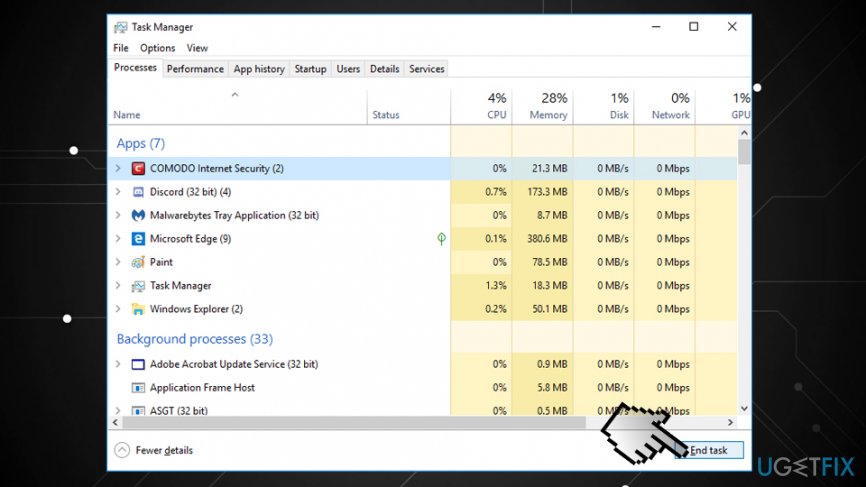
- Geekbuddy should i remove it how to#
- Geekbuddy should i remove it install#
- Geekbuddy should i remove it windows#
However, if you see that the au_.exe process persists in Task Manager (Ctrl + Shift + Esc) long after the installation or uninstallation of a certain program is complete, aditional investigations should be made. If you are able to locate the au_.exe process in the ~nsu.tmp folder, you can rest easy as you’re not dealing with a security threat.

Navigate to C: / Users / *YourUserName* / AppData / Local/Temp / ~nsu.tmp and see whether you’re able to locate the au_.exe executable. Since au_.exe is dynamically used by installers and uninstallers, the process will automatically be created and stored in a temporary folder ( nsu.tmp). Now that you know the purpose of AU_.exe, let’s make sure that the process is indeed genuine. Because the antivirus suites have very few means of figuring out if the script ran by AU_.exe is legitimate or not, a common practice is to flag every occurrence. Au_.exe is extremely common in adware installers, security suite developers often choose to take no chances. The excessive amounts of false positives related to the AU_.exe process can be traced to the rise of adware installers and the likes. Note: Manually stopping the process from Task Manager will likely force-stop the installation / uninstallation process. Because of this, the user ends up seeing the AU_.exe process inside Task Manager while this process is occurring. In essence, what the AU_.exe does is packing a particular script into a SFX file that auto starts the script engine. Here’s a shortlist of popular Windows-based programs and games that are using Au_.exe during installation or uninstallation: In fact, the majority of applications that have been released during the past few years are using AutoIt either during the installation or uninstallation. What is au_.exe?Īu_.exe is a scripting engine that is often included inside of AutoIt executables. However, in most cases, these cases turned to be nothing more than false positives.Īlthough the executable is most likely not malicious, additional investigations should be made if you see that the AU_.exe process remains active (with high resource usage) even when the system is not installing/uninstalling a software. The au_.exe is often reported to get flagged by security suites such as Avast, McAfee, and Avira. Users typically report a high resource usage caused by the au_.exe process when the system is busy either installing or uninstalling a particular software. I even installed the program myself, but the icon went away when I uninstalled.A lot of users are suspecting the au_.exe process of being malicious after seeing the amount of system resources that it consumes in Task Manager.
Geekbuddy should i remove it how to#
I'm thinking this may be a cache issue but I'm not tech savvy enough to figure out how to fix this, and Googling hasn't really helped me come to a conclusive answer as to what to do. However, there is only one uninstall button, and supposedly that uninstalls the whole program.
Geekbuddy should i remove it install#
When that program is installed, it looks like there are several parts to the actual program, almost like several different apps that install with it.

He doesn't want any evidence of the program anywhere and he is concerned that the program is still installed even though he uninstalled it through the Apps and Programs area.

But he doesn't want it in the tray at all.

The app isn't showing in his main tray or I would tell him to go to settings and have it hidden. However, despite restarting, an icon for one of the program's apps is still in the system tray and when he clicks on the icon, the program/app still opens. He had downloaded (from a website) and installed a sound program (Voicemeeter) but it didn't do what he needed so he uninstalled it and restarted his computer.
Geekbuddy should i remove it windows#
I am actually asking this for my Dad who is running Windows 10.


 0 kommentar(er)
0 kommentar(er)
